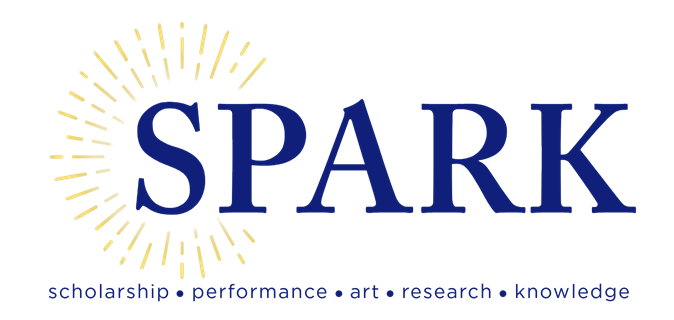
[Archive] Belmont University Research Symposium (BURS)
Publication Date
Spring 4-21-2022
College
Sciences and Mathematics, College of
Department
Biology, Department of
Presentation Type
Oral Presentation
Abstract
Transcript export in eukaryotic cells, such as S. cerevisiae, includes the transport of mRNA from the nucleus to the cytoplasm via the nuclear pore complex. This process can serve as an essential step of regulating gene expression, as transcripts must reach the cytoplasm to be translated into protein. For example, under cell stress such as heat shock, the majority of poly-A RNA is retained in the nucleus, inhibiting normal gene expression. However, select transcripts that function in cellular recovery from stress are permitted to export. One of these transcripts, SSA4, which encodes a molecular chaperone, has been demonstrated to selectively export, but the mechanism by which this occurs is not understood. Based on previous studies. We hypothesized that the 3’ UTR sequence allows for SSA4 mRNA export under these conditions. In order to test our hypothesis, we first sought to define the SSA4 3’ UTR sequence.
To do this, cells were exposed to stress to induce SSA4 expression, and RNA was isolated and reverse transcribed into cDNA using a poly-T primer. Following this, the levels of SSA4 expression was assessed by Q-PCR, which demonstrated induction following stress. PCR was then performed using primers to bind before and after the 3’ UTR, and then that sequence was cloned into a plasmid, to be cultured and subsequently sequenced. However, gel electrophoresis following colony PCR, demonstrated that SSA4 sequence was not present in cloned plasmids. Current experiments are aimed at attempting this cloning again. Determining the 3’ UTR sequence of SSA4 will allow us to not only learn about mRNA export but will help us better understand the regulation of gene expression in cells.
Recommended Citation
Rich, Maddie and Adams, Rebecca PhD, "Determining The SSA4 3’ UTR Sequence Via Reverse Transcription and Molecular Cloning" (2022). [Archive] Belmont University Research Symposium (BURS). 121.
https://repository.belmont.edu/burs/121


